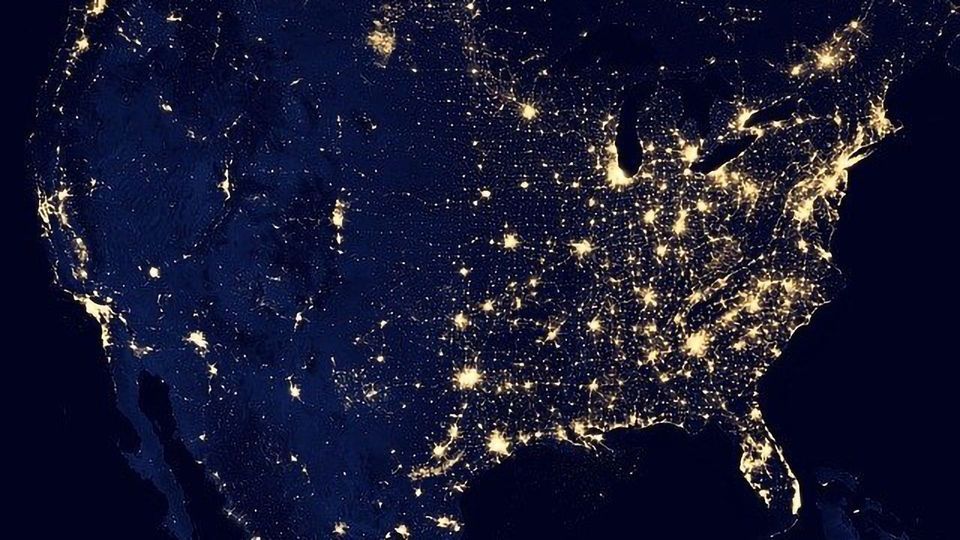Common Air Pollutant Regional Disparities Visible From Space

Complete the form below to unlock access to ALL audio articles.
As a global center for petrochemical manufacturing, Houston, Texas, experiences some of the worst air quality in the country, according to the U.S. Environmental Protection Agency. Evidence suggests that air pollution disproportionately affects low-income, non-white and Hispanic residents, but it’s difficult to directly observe differences in pollutants between neighborhoods. Now, researchers reporting in Environmental Science & Technology have used airplanes and a satellite to uncover disparities in nitrogen dioxide amounts in the atmosphere above Houston.
Nitrogen dioxide, a precursor to ground-level ozone and particulate matter, is produced mainly by vehicles and power plants. In Houston, petrochemical refineries and industrial activities also emit this pollutant, which has been linked to respiratory problems. Ground-based nitrogen dioxide monitors and low-resolution satellite observations have historically had limited abilities to capture differences among neighborhoods of the same city. Angelique Demetillo, Sally Pusede and colleagues wanted to use a new high-spatial-resolution dataset from a NASA spectrometer onboard an airplane to investigate neighborhood-level differences in nitrogen dioxide within Houston, and to see whether these differences correlated with race-ethnicity and income of the neighborhoods. They also wanted to use these airborne data to evaluate whether the recently launched, space-based TROPOspheric Monitoring Instrument (TROPOMI) could resolve similar between-neighborhood differences.
The researchers used the NASA airborne spectrometer data to examine differences in population-weighted nitrogen dioxide levels for different census tracts. The areas where the pollutant was highest were where more low-income, non-white and Hispanic people lived. In contrast, where the pollutant was lowest, high-income, white people tended to live there. Most of the disparities could be explained by proximity of the neighborhoods to industrial sources and heavy-duty diesel vehicles. The researchers then used the observations from TROPOMI in a similar analysis, demonstrating that these new space-based measurements could also detect pollution inequalities within Houston. While the aircraft measurements can be collected over one-month periods, the TROPOMI observations are made almost daily and have the potential to be useful to decision-makers as they allocate resources for reducing air pollution, propose emission requirements and invest in public transportation, the researchers say.
Reference
Mary Angelique G. Demetillo, Aracely Navarro, Katherine K. Knowles, Kimberly P. Fields, Jeffrey A. Geddes, Caroline R. Nowlan, Scott J. Janz, Laura M. Judd, Jassim Al-Saadi, Kang Sun, Brian C. McDonald, Glenn S. Diskin, and Sally E. Pusede. Observing Nitrogen Dioxide Air Pollution Inequality Using High-Spatial-Resolution Remote Sensing Measurements in Houston, Texas. Environ. Sci. Technol. 2020, August 5, https://doi.org/10.1021/acs.est.0c01864
This article has been republished from the following materials. Note: material may have been edited for length and content. For further information, please contact the cited source.

